With thousands of years of history, traditional Iranian (Persian) art reflects the soul of an ancient civilization. These traditional art forms not only showcase the incredible craftsmanship of Persian artisans but also tell stories about the heritage and development of Iranian culture. One of the most striking features of traditional Iranian art is the masterful blend of patterns, motifs and colors. This is perfectly reflected in the country’s handicrafts.
Speaking at the opening of the exhibition, His Excellency Aliakbar Nazari, Ambassador of the Islamic Republic of Iran, said: “Iran has always been the artistic and cultural base of the world and has contributed to the richness of world art and culture, which encompasses a multitude of artistic expressions. From carpet weaving to Persian miniatures, pottery to architecture, music to calligraphy, khatam-kari to glass enamel and wood inlay, Iranian handicrafts are beautiful and unparalleled promotional tools representing Iran’s cultural heritage.
In order to take advantage of the richness of Iranian handicrafts, this exhibition is organized with the aim of presenting a harmonious combination of valuable handicrafts and photographs that show the special beauty of Iranian art and attract us with their elegance, patterns and designs. Visitors can experience the ancient art examples of Iran and the traditional handicrafts of Iran that have been preserved to this day. I invite you to immerse yourself in the world of Iranian art after the opening of the exhibition and enjoy this journey through the patterns and motifs that shape the essence of our culture."
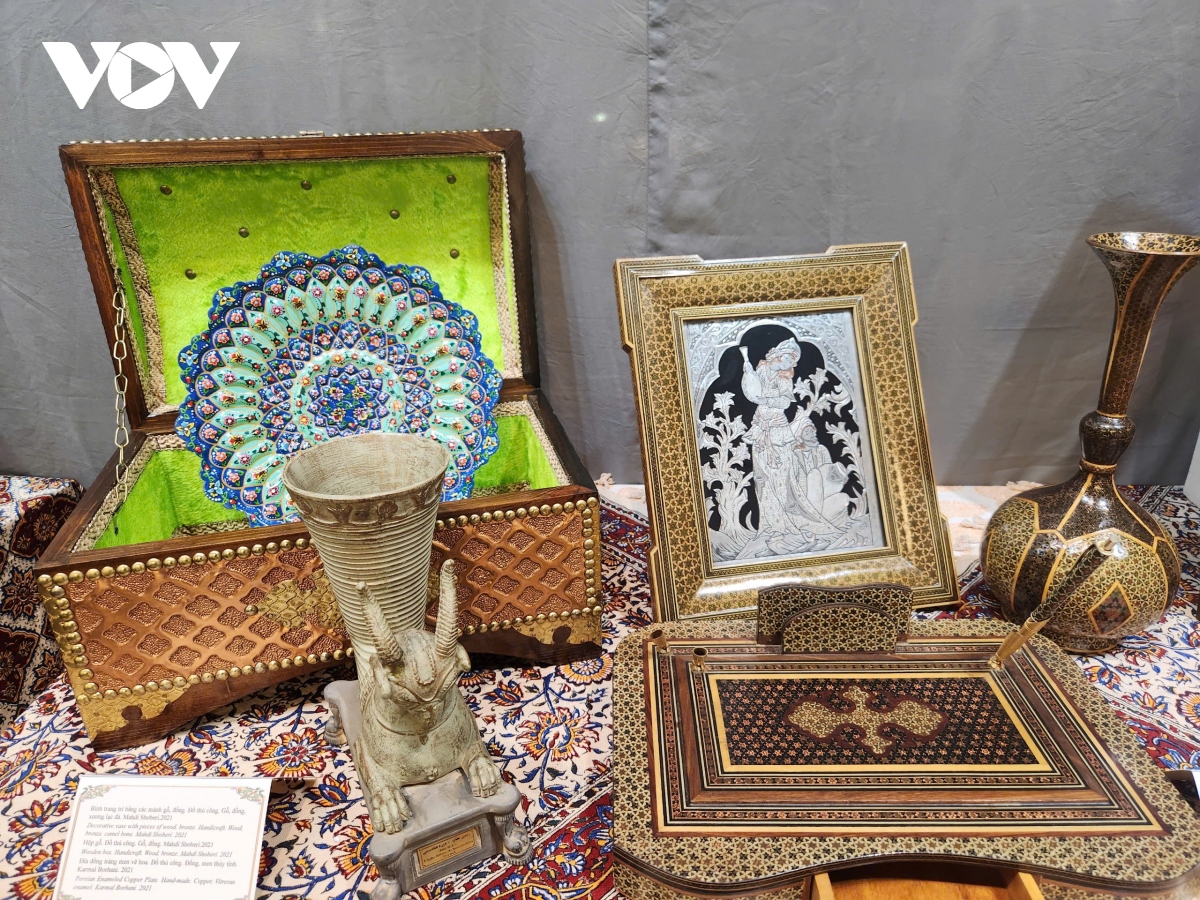
“I hope that this exhibition is not just an art display; but a bridge connecting hearts and minds, strengthening mutual respect and deepening the relationship between our two great nations,” Ambassador Aliakbar Nazari emphasized.
The exhibition consists of two display areas: The photo exhibition includes: Lotus motifs at the Persepolis Palace Complex built by order of Darius the Great (518 – 465 BC) and continued to be completed by Emperor Xerxes I (550 – 486 BC); Calligraphy paintings and photos; Miniature paintings by the master of contemporary Iranian miniature painting - Mahmoud Farshchian.
The exhibition area displays about 100 handicrafts, representing about 10 types of Iranian art including: Copper carving (Qalam-zani); Enamel art (Minakari); Carpet weaving (Qali bafi); Persian mosaic (Khatam-kari); Turquoise inlay on copper (Firouze-kubi); Fabric printing (Qalam-kari); Stone embroidery (Sermeh-doozi); Hand weaving (Termeh-bafi); Decorative painting on copper (Mes-o-pardaz).
In addition, visitors can also experience Persian calligraphy writing at the Hanoi Museum.
The exhibition runs until September 8, 2024 at Hanoi Museum, Pham Hung Street, Hanoi.
Source: https://vov.vn/van-hoa/chiem-nguong-nghe-thuat-mau-sac-va-van-hoa-cua-nguoi-iran-post1116319.vov


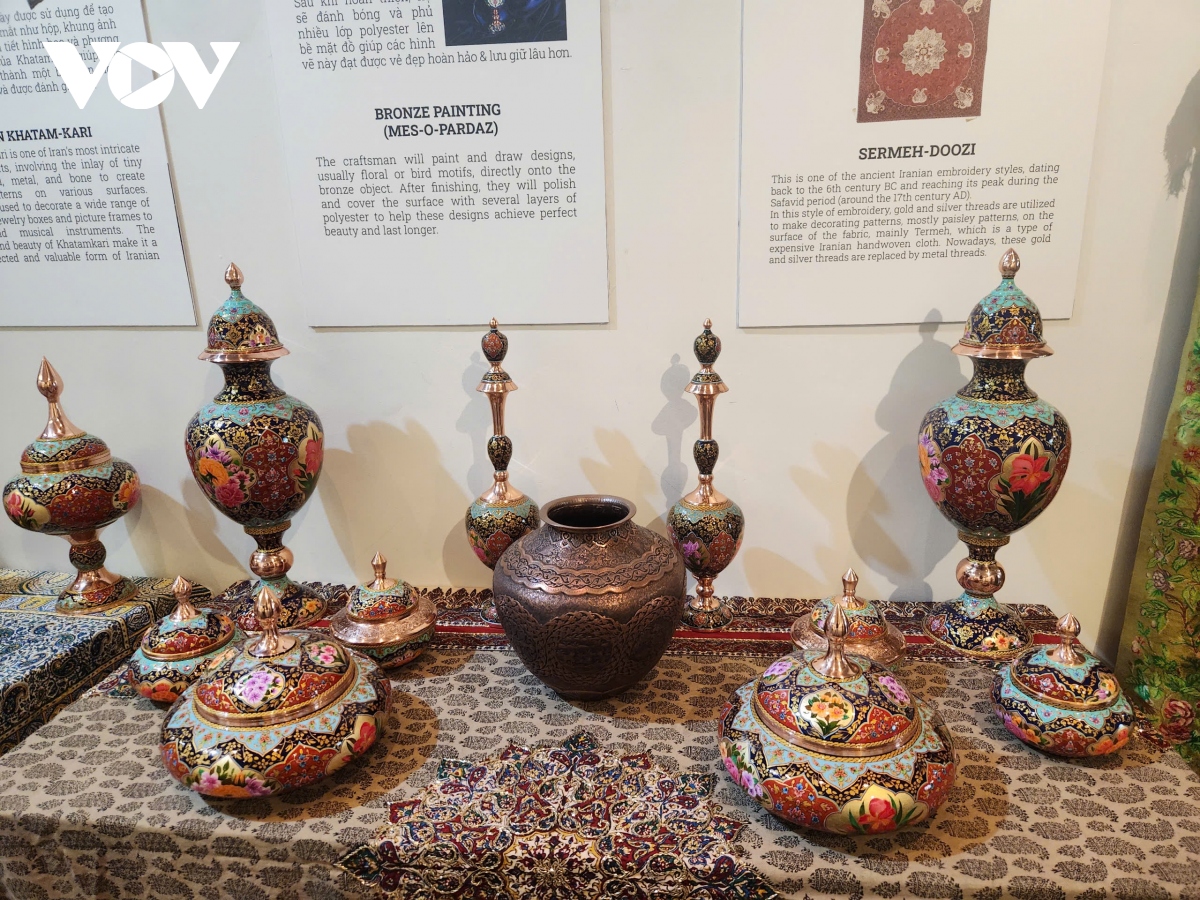
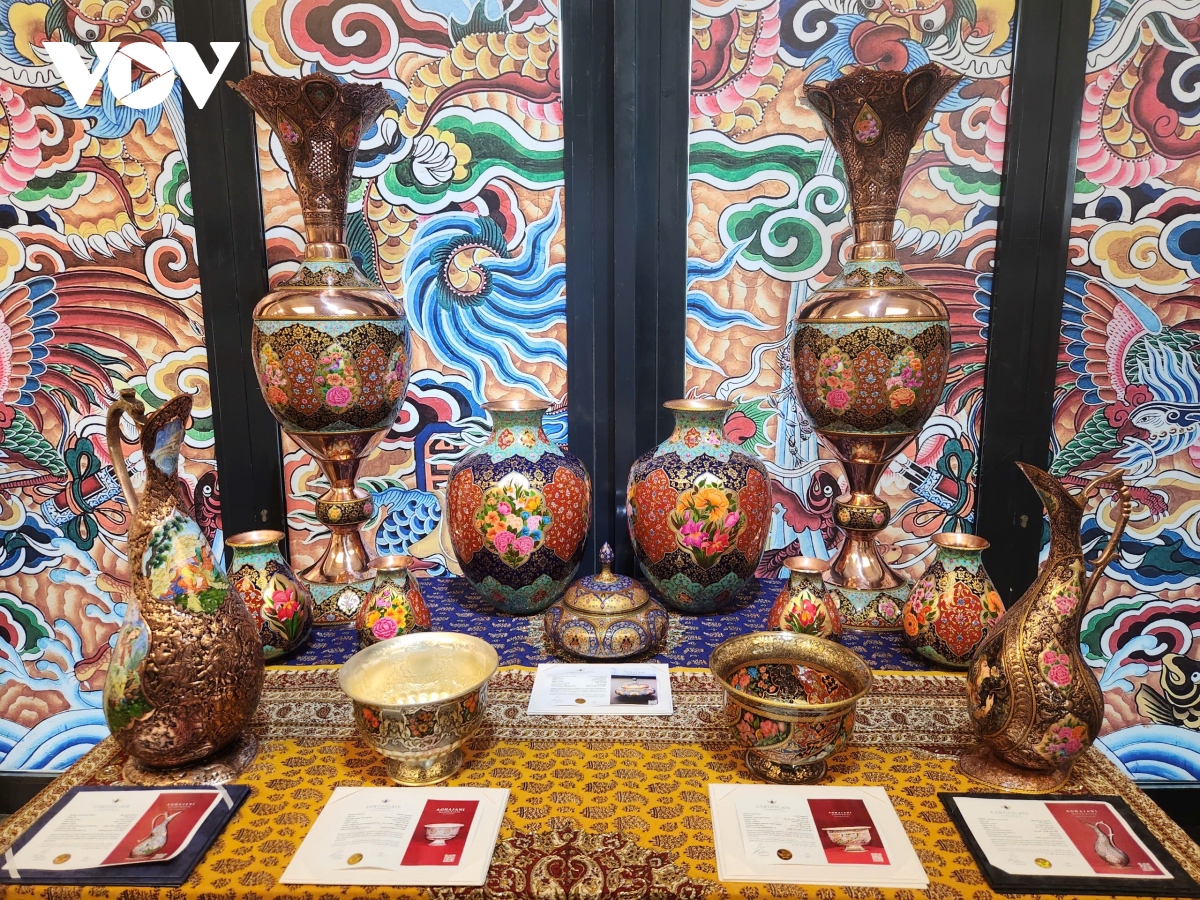
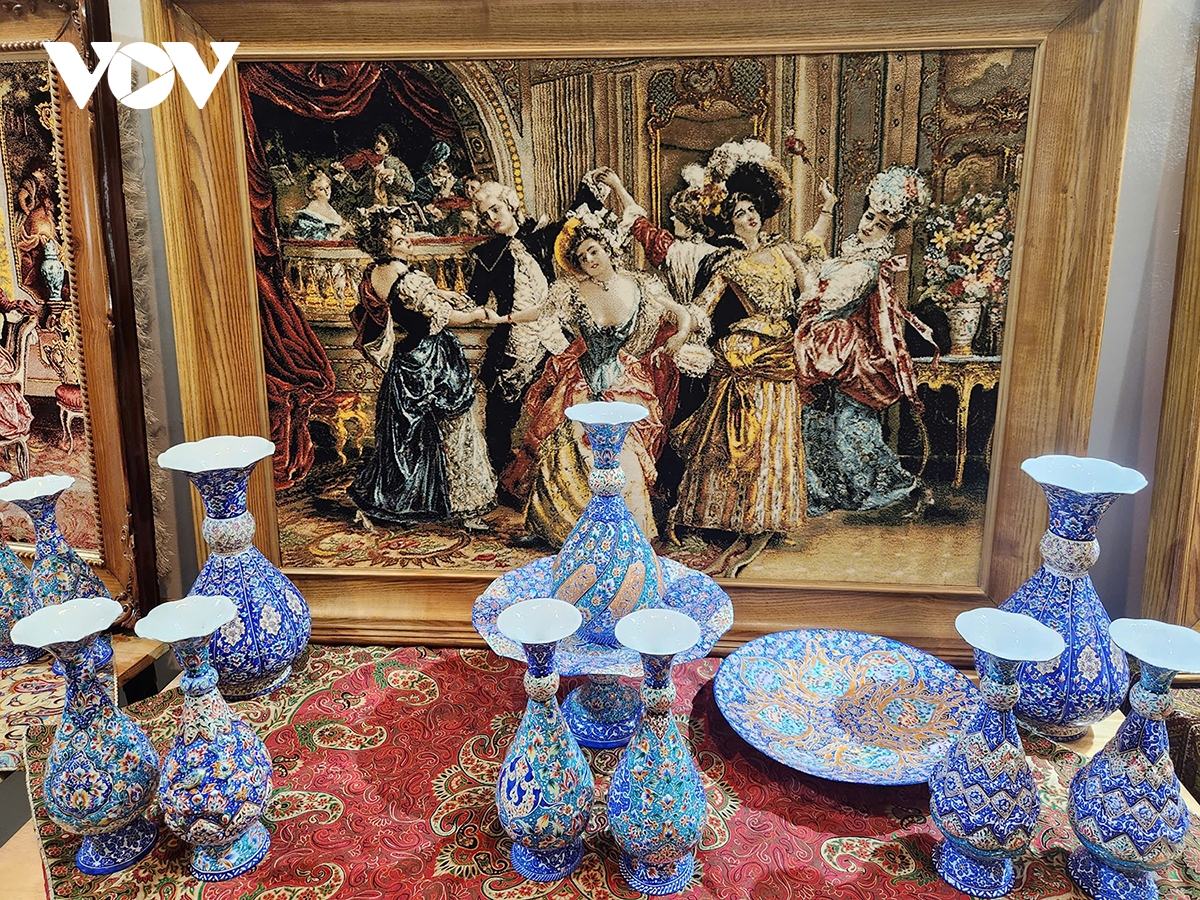
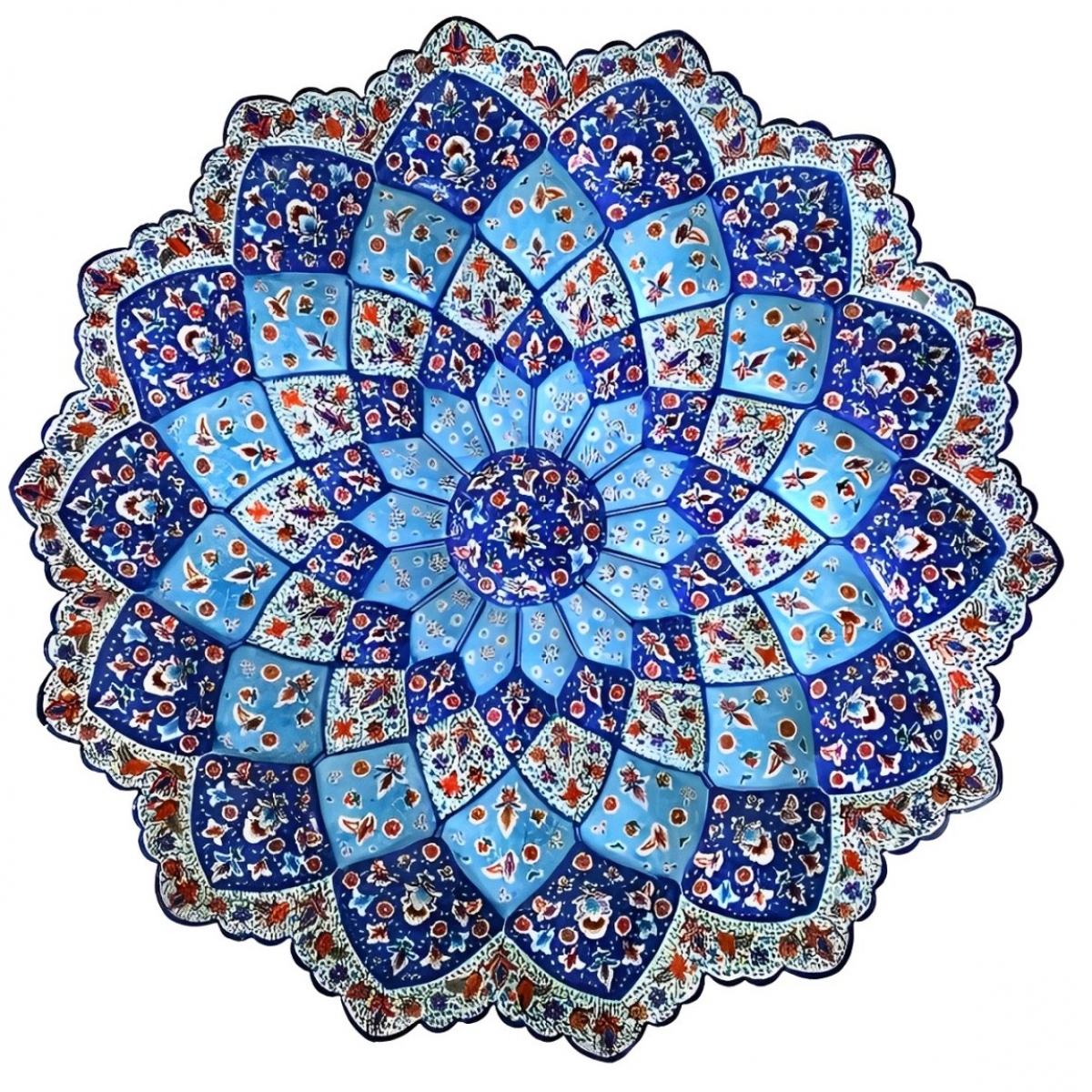
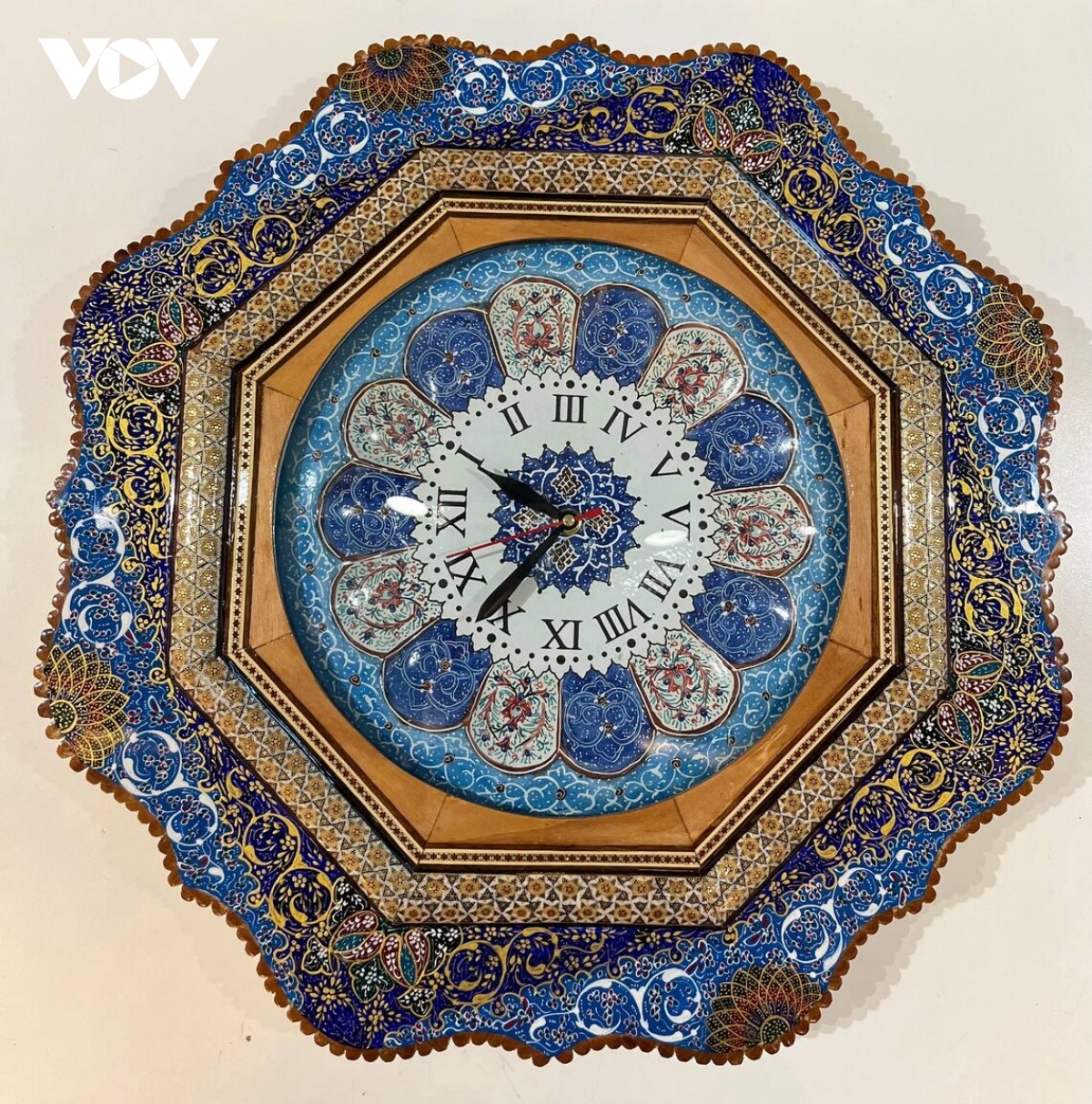
![[Photo] Ready for the top competitions of Vietnamese table tennis](https://vphoto.vietnam.vn/thumb/1200x675/vietnam/resource/IMAGE/2025/5/18/9c547c497c5a4ade8f98c8e7d44f5a41)
![[Photo] Party and State leaders attend the special art program "You are Ho Chi Minh"](https://vphoto.vietnam.vn/thumb/1200x675/vietnam/resource/IMAGE/2025/5/18/6895913f94fd4c51aa4564ab14c3f250)
![[Photo] Many young people patiently lined up under the hot sun to receive a special supplement from Nhan Dan Newspaper.](https://vphoto.vietnam.vn/thumb/1200x675/vietnam/resource/IMAGE/2025/5/18/6f19d322f9364f0ebb6fbfe9377842d3)





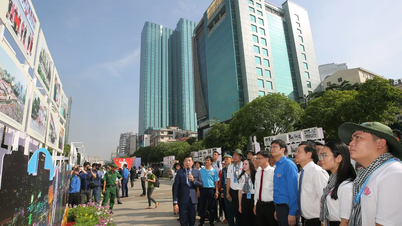

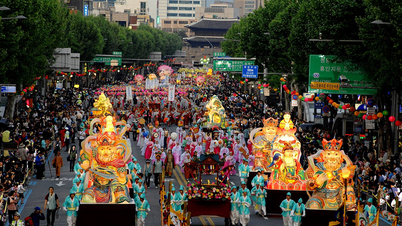




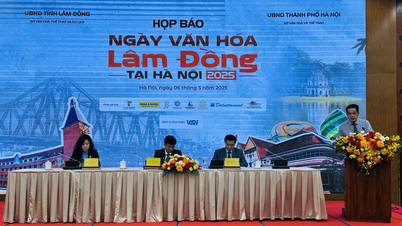

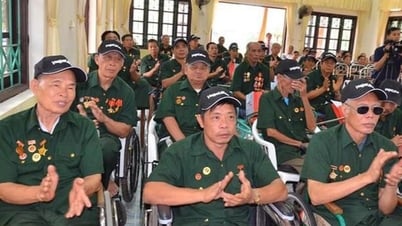

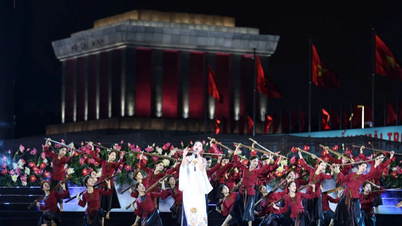

![[Photo] Walking on the royal poinciana flower road in the West](https://vphoto.vietnam.vn/thumb/402x226/vietnam/resource/IMAGE/2025/5/18/f9335355d0744d1593f7e36bc4c7f4b7)
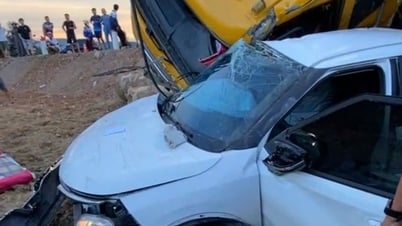
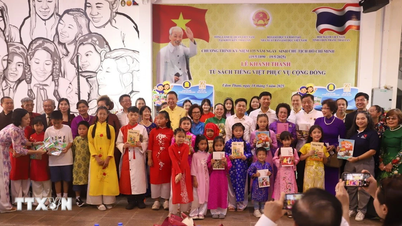

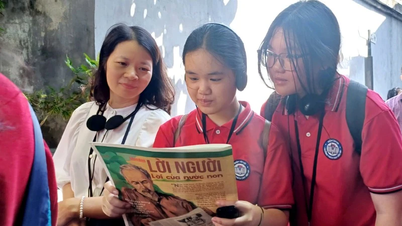




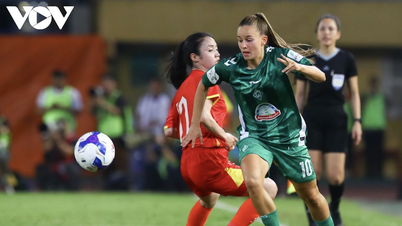
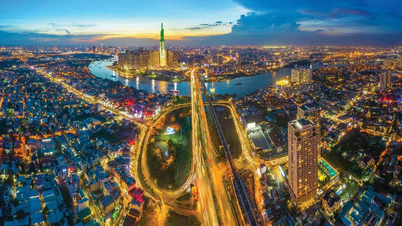
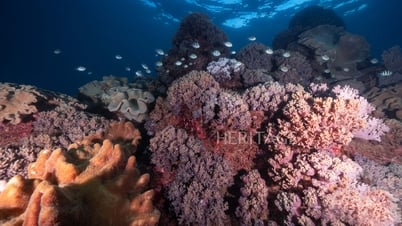

















































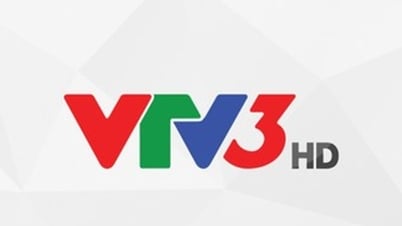


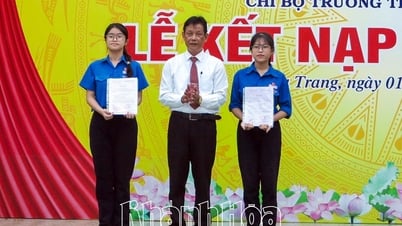
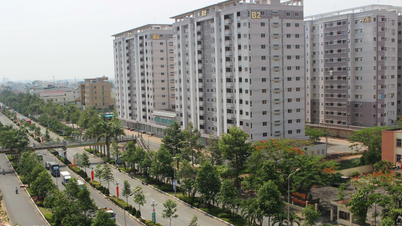

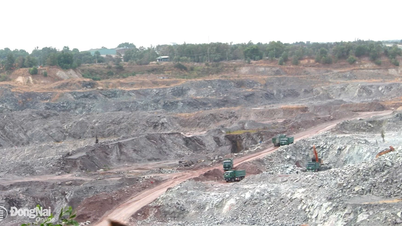










Comment (0)